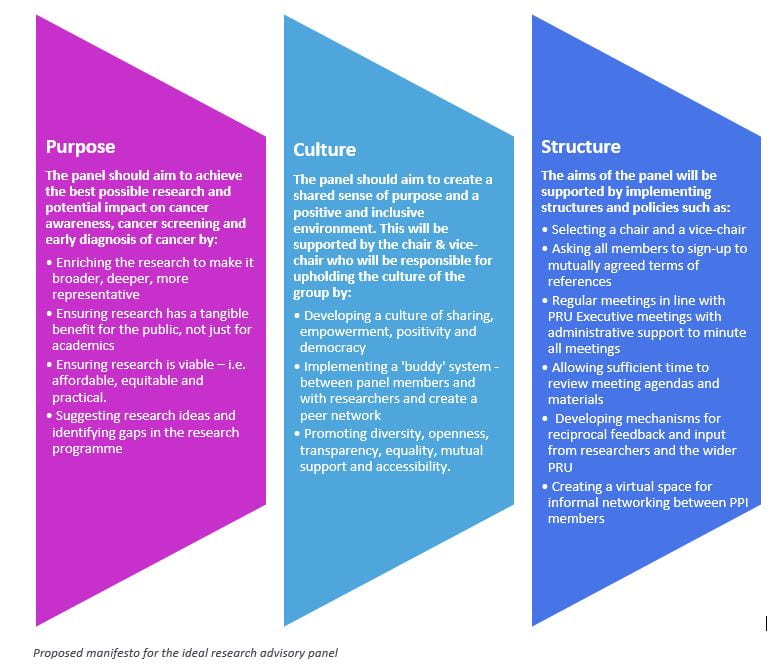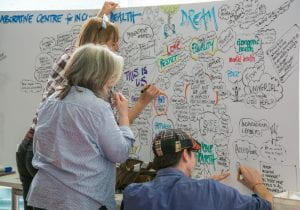Teams of the Year Awards– a spotlight on secrets of successful teamwork
By guest blogger, on 1 June 2022
 These are new awards introduced by the Institute of Epidemiology and Health Care Equality Action Group. Our work usually focuses on how to remedy problems – we wanted to find a way to spotlight and learn from teams which are successful in terms of productive, rewarding and enjoyable teamwork.
These are new awards introduced by the Institute of Epidemiology and Health Care Equality Action Group. Our work usually focuses on how to remedy problems – we wanted to find a way to spotlight and learn from teams which are successful in terms of productive, rewarding and enjoyable teamwork.
Team of the Year 2021
The Primary Care and Population Health (PCPH) Professional Services team won the award for Team of the Year 2021.
This is a large team (15 people) – congratulations to all of the members!
Orla O’Donnell – Site Manager and IEHC Finance lead
Ione Karney – PCPH HR and Finance administrator
Angelika Zikiy – Teaching Administrator Group lead
Sandra Soria Medina, Wahida Mizan, Dayan Soto Castellon and Diana Kwan – Teaching administrators
Rosemary Koper – Teaching Finance administrator
Jess Nye – Senior Programme Manager
Jeshma Mehta – Research Manager
Clare Casson – Project Manager
Becca Bayliss – Public Mental Health Network Coordinator
Sophia Hafeez – Research Group administrator
Bijal Parmar – Research Finance administrator
Ayan Robleh – IEHC Finance administrator
Amy Kerin – Clinical Trial & Research Design Service Administrator
What are the secrets of this team’s success?
Excellent collaboration
The PCPH professional services team work consistently as an excellent team, building on each other’s strengths and knowledge and working together collaboratively to achieve seamless service. They take on additional work for each other in order to meet goals and targets, and have been willing to work across the Institute in periods of staff absence and on new projects.
The team has formed a very strong bond over the past year and have been resilient during periods of change. They are a large team (15 people) which with members always willing to spend time sharing knowledge.
Communication
The team has ‘leads’ (e.g. HR, Finance, Research) and members work together, drawing on each other’s knowledge and expertise to problem-solve. Any problems are addressed collaboratively and immediately with those involved. We discuss what we have learned, to prevent problems happening again in the future. There is a no blame culture and this positive style of communication and collaboration trickles out into the wider department. There is no enforced ‘hierarchy’ culture within the team which means that junior members of the team feel supported and enabled to work as ‘One PS’
Shared learning
Knowledge and expertise is shared and valued regardless of whether team members have been in the department for many years, or have only recently joined.
Vision and flexibility
The team shows wisdom, flexibility and creativity, and strong team playing to meet shared objectives. The PS team also understand the bigger picture – the team worked consistently and without complaint in order to deliver on wider goals as a Department.
Most Valued Team Player Awards
Larisa Dinu won the ‘Most valued team player 2021’ award.
Larisa is a Research Assistant in the Department of Behavioural Science and Health. Below are a few comments from Larisa’s colleagues and Larisa herself.
“Larisa is delightful to work with, friendly, helpful and proactive”
“Larisa can see where things can be improved and identify ways to solve problems. She has noticed ways of improving our existing systems, so that a lot of day-to-day tasks are now running much more quickly”
“Larisa is very thorough and diligent in her work, and is quick to pick up on tasks to help out other members of the team. Larisa is an excellent communicator – all her emails are very clear, meaning other team members can perform necessary tasks quickly and efficiently”
Comment from Larisa:
“I am extremely grateful to have won the ‘Most valued team player’ award, and would like to thank my team, the iDEAS trial team, as well as the Tobacco and Alcohol Research Group for fostering such a collaborative and engaging environment to work in. It is truly a pleasure to work with such a fantastic group of people.
I am a keen advocate for lists, combined with flexible time-blocking of the most important three tasks of the day which is helpful in creating a rough structure for my days. I also like to separate deep work tasks and meetings if that is possible, to minimise task switching.
Being a team player is not just about me, but also about the amazing people that I work with, and processes which facilitate collaboration. For example, we have weekly meetings with the whole team where we share updates and take decisions collaboratively. We also have regular updates between ourselves, and communicate efficiently either via video calls or email. This helps us to know what everyone else is up to and gives us the opportunity to provide feedback and offer help.
I find my work very rewarding, especially when we see the impact of our work in the real world.”
Sydonnie Hyman was runner up for the ‘Most valued team player award’.
Sydonnie is the IEHC Deputy Manager and Human Resources Lead.
“Sydonnie Hyman is a very responsive, helpful, and effective person! She has driven the Equality Action Career Progression group through the pandemic to great success, with a career development cycle, a mentorship scheme and a careers week amongst many other innovations.
Sydonnie has encouraged new members to join the Career Progression group and take on leadership, helping other people’s career development as well as enhancing the activity of the group. Sydonnie is also sensitive to people’s personal challenges”
Congratulations again to all of the winners!
Julia Bailey (Equality Action Group Co-Chair)
May 2022
 Close
Close


















